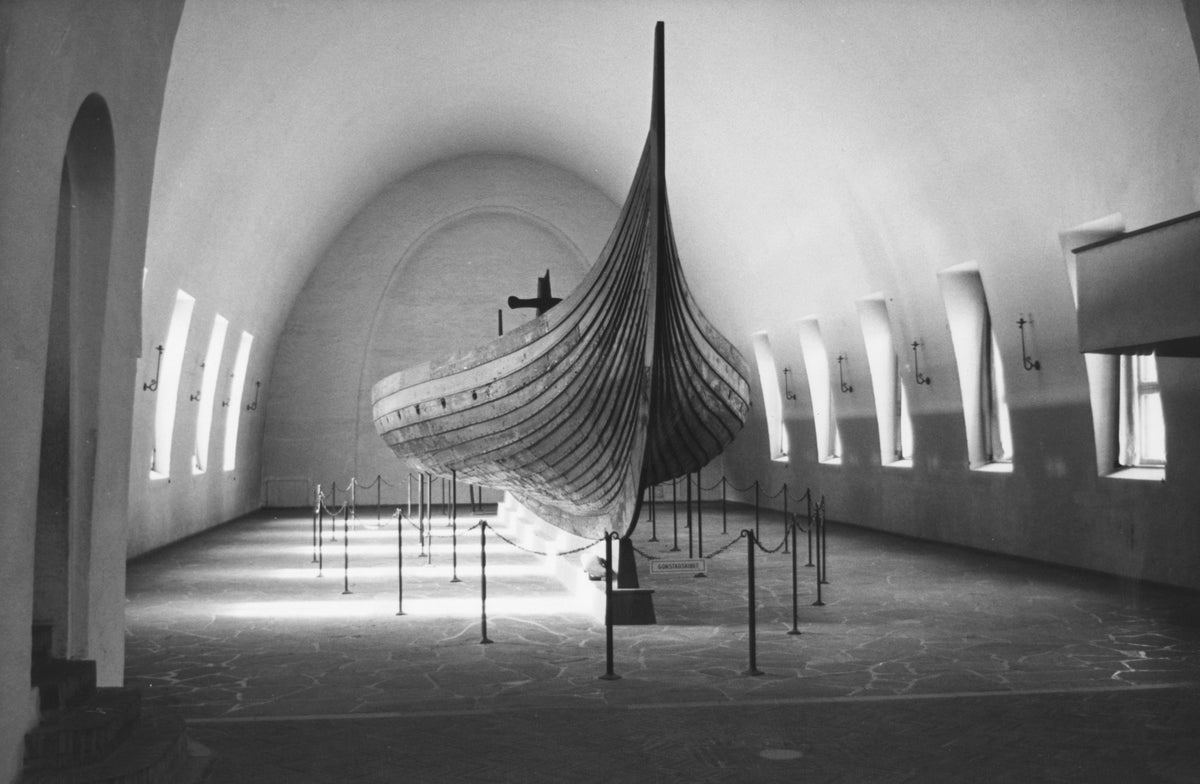
Your support helps us to tell the story
The Vikings were “extremely well-travelled” with a “global” ivory trade network spanning at least three continents, a new study has found.
The research, published in the journal Science Advances, found that the sea-faring people travelled over 6,000km to hunt for walrus in the Arctic as part of their ivory trade.
DNA analysis of morse revealed that it was brought to Europe from Greenland and taken as far as the Middle East and Canada as part of the Vikings’ extensive trade networks.
Researchers from the University of Copenhagen said the Vikings’ ivory trade network not only included Europe and the Middle East but likely also East Asia.
“Our study shows that the Vikings regularly travelled around 6,000km to Pikialasorsuaq in Northwest Greenland, an area characterised by harsh climatic conditions,” study co-author Morten Tange Olsen said.
“They probably didn’t do it for the thrill of it, but to obtain this precious commodity, which they brought to Northern Europe and other parts of the world,” Dr Olsen said.
The Crusades prevented elephant ivory trade via the Middle East so walruses from the Arctic became important sources of the commodity.
However, the precise sources of the traded walrus ivory and the routes it took to reach different parts of the world have long remained unclear.
Scientists studied fragments of walrus skulls obtained from excavations of Viking villages in Europe and settlements in Greenland and Canada.
Using DNA sequences from these fragments, researchers constructed a genetic map of the place of origin of various Arctic walrus populations during the time of the Vikings.
Scientists found that the Greenland Norse obtained ivory from High Arctic waters, “especially the North Water Polynya, and possibly from the interior Canadian Arctic.”
The analysis suggested the ancient Norse had more trade dealings with indigenous Arctic populations such as the Thule and Dorset cultures than previously assumed.
“These results substantially expand the assumed range of Greenland Norse ivory harvesting activities and support intriguing archaeological evidence for substantive interactions with Thule Inuit,” scientists write.
The study points to the remarkable ability of the Vikings to navigate and survive in harsh climatic conditions which helped them create a “global trade network” beyond the borders of Europe.
“Vikings were extremely well-travelled and had a well-established network that covered a larger area than previously believed and which in time and place must have overlapped with early Greenlandic and Canadian cultures,” Dr Olsen concluded.







